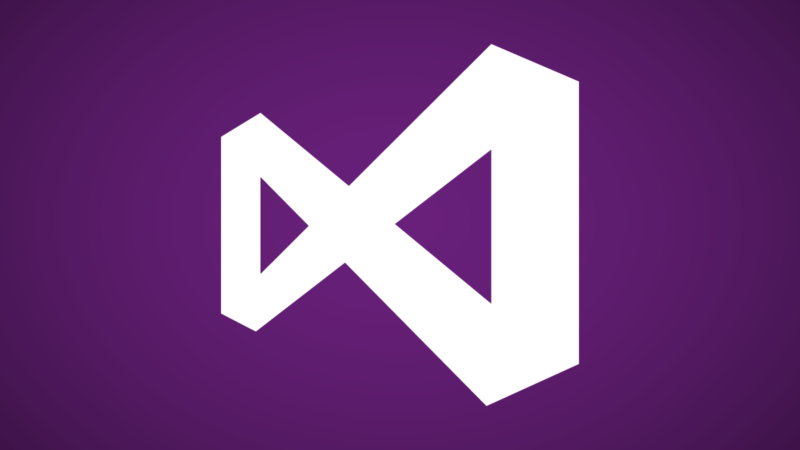The future of Microsoft’s languages: C# to be powerful, Visual Basic friendly

Enlarge
Since their introduction in 2002, Microsoft’s pair of .NET programming languages, C# and Visual Basic.NET, have been close siblings. Although they look very different—one uses C-style braces, brackets, and lots of symbols, whereas the other looks a great deal more like English—their features have, for the most part, been very similar. This strategy was formalized in 2010, with Microsoft planning coevolution, to keep them if not identical then at least very similar in capability.
But the two languages have rather different audiences, and Microsoft has decided to change its development approach. The company has made two key findings. First, drawing on the annual Stack Overflow developer survey, it’s clear that C# is popular among developers, whereas Visual Basic is not. This may not be indicative of a particular dislike for Visual Basic per se—there’s likely to be a good proportion within that group who’d simply like to consolidate on a single language at their workplace—but is clearly a concern for the language’s development.
Second, however, Microsoft has seen that Visual Basic has twice the share of new developers in Visual Studio as it does of all developers. This could indicate that Visual Basic is seen or promoted as an ideal beginners’ language; it might also mean that programmers graduating from Visual Basic for Applications (VBA) macros in programs such as Word, Access, and Excel are picking the option that is superficially most comfortable for them. Visual Basic developers are generally creating business applications using WinForms, or occasionally ASP.NET Web Forms; the use of WinForms in particular again suggests that developers are seeking something similar to Office macros.
Read 7 remaining paragraphs | Comments